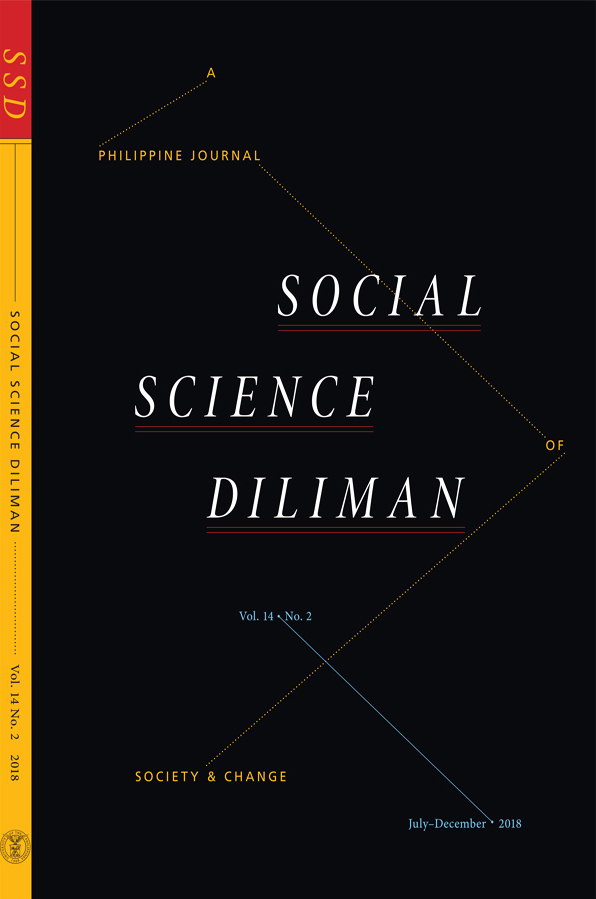Evaluating the impact of the 1918-1920 influenza pandemic in Pre-War Imperial Japan
Abstract
This paper shows the health impact of the Spanish influenza pandemic on Imperial Japan, which includes Korea and Taiwan from 1918 to 1920, using excess mortality data from the series “Vital Statistics of Imperial Japan”, “Korean Governor-General Annual Statistical Reports” and “Taiwan Vital Statistics”. The total number of excess deaths from 1918 to 1920, the years of the Spanish flu pandemic that reached Imperial Japan was almost 670,000, with deaths amounting to almost 470,00 in Japan’s main islands. The standardized mortality ratio (SMR) during the period was calculated with the Japanese in Japan as standard populations. Excess mortality for infants and children for both Japanese and the Koreans in Korea, however, seemed to be underestimated, especially after the 1919 March First Sam-il Movement, one of the first Korean public displays of resistance against Japanese rule. Standardized Mortality Ratio for the 5 to 49 year old population in Japan, excluding infants, children, and those in the older age brackets have been provided. The SMR for the 5 to 49 year old Japanese in Korea was almost similar to those of the Japanese in Japan, while among the Koreans in Korea the SMR was 60 per cent higher for the same demographic profile. The levels of excess mortality among the Japanese in Japan and the Japanese in Taiwan were the same, in contrast with those of the Taiwanese in Taiwan, which was higher by at least 60 per cent. The relationship between excess mortality and gross domestic expenditure (GDE) per head in 1920, was also assessed. After adjusting the effect of the 1919 March First Sam-il Movement, Japan had the highest SMR and GDE per head and Korea had the lowest. Based on these figures, it is argued that the Koreans in Korea and the Taiwanese in Taiwan were more vulnerable to the Spanish flu compared with the Japanese in Korea, Taiwan, and Japan. It could also be surmised that there was a proportional relationship between states of health and poverty in Japan, Korea, and Taiwan during this period.
KEYWORDS: influenza, Spanish flu, Imperial Japan, Korea, Taiwan


